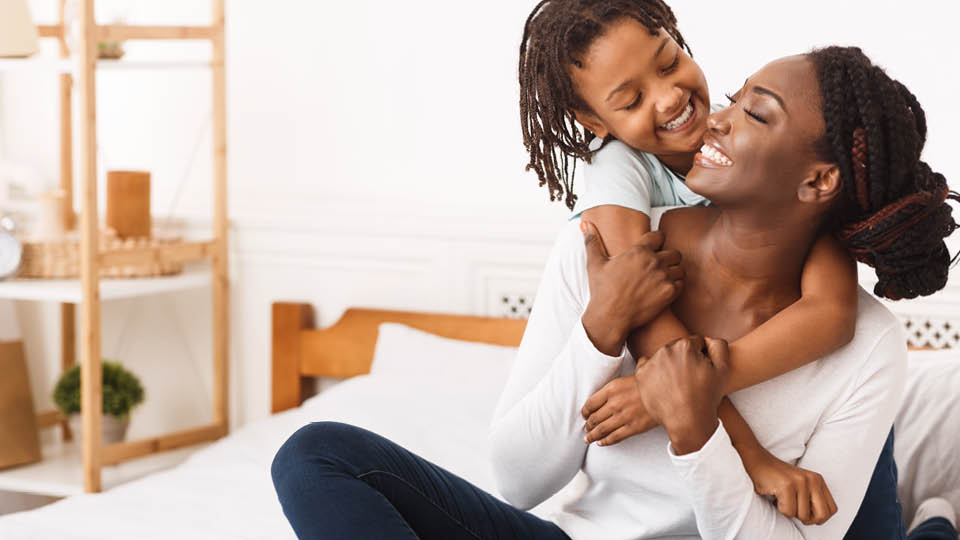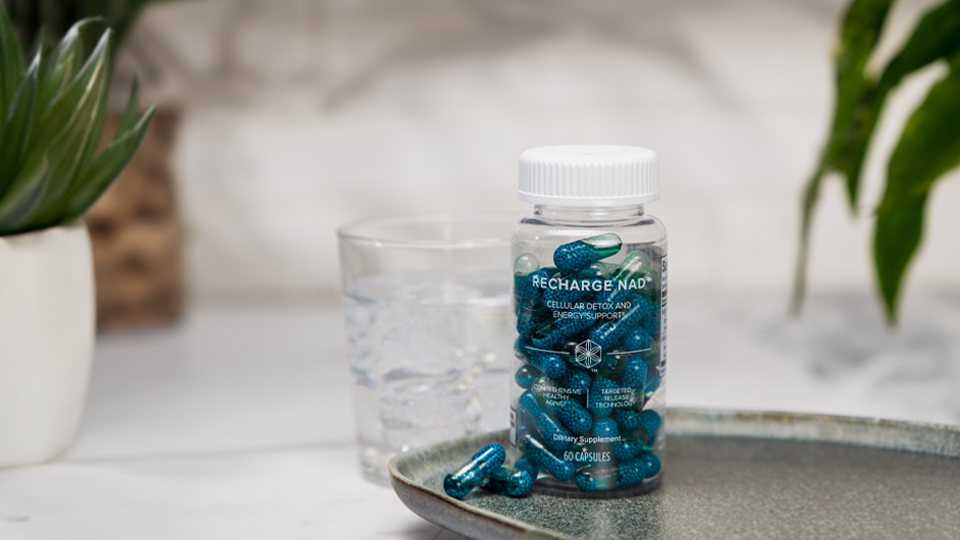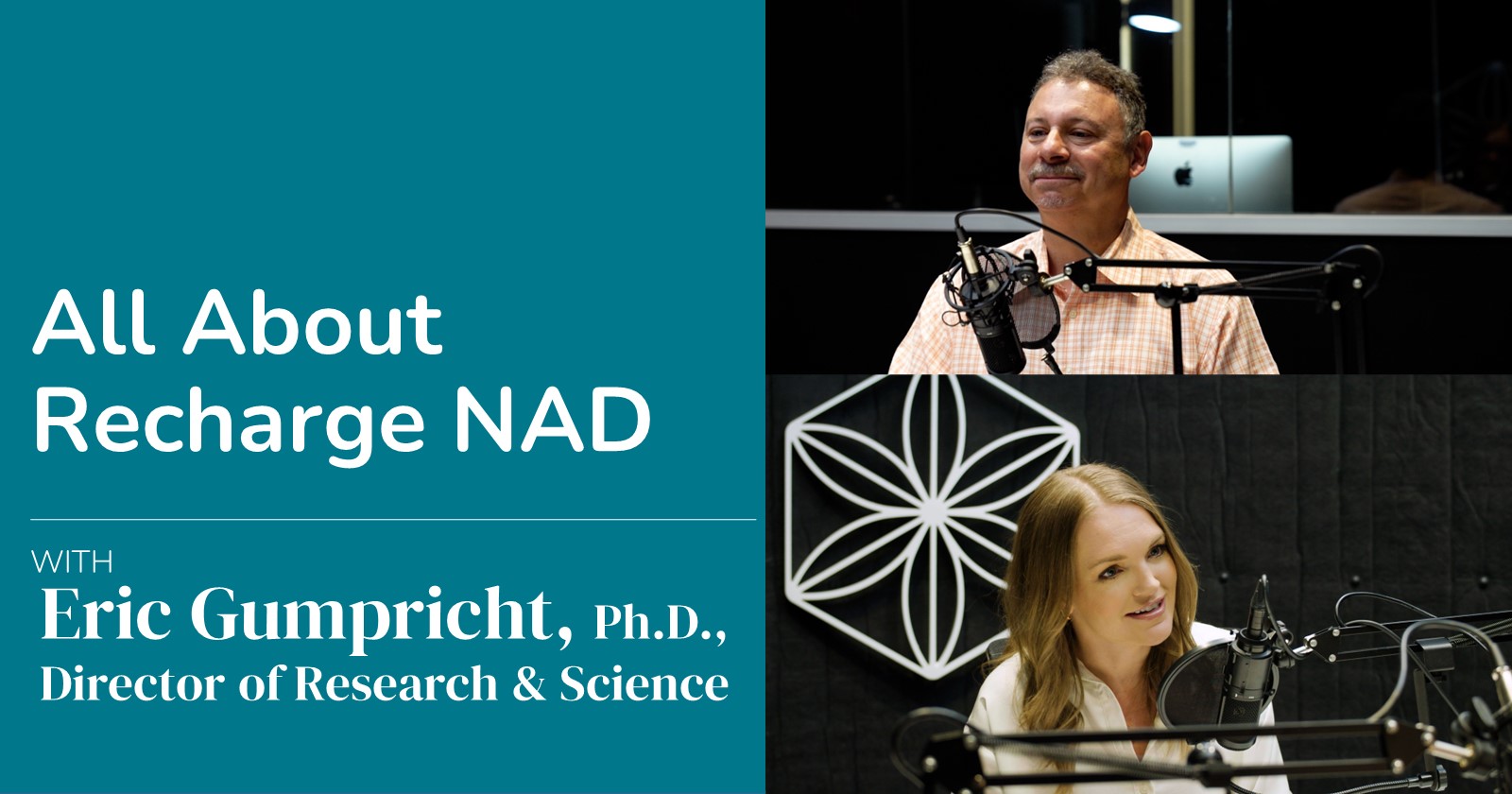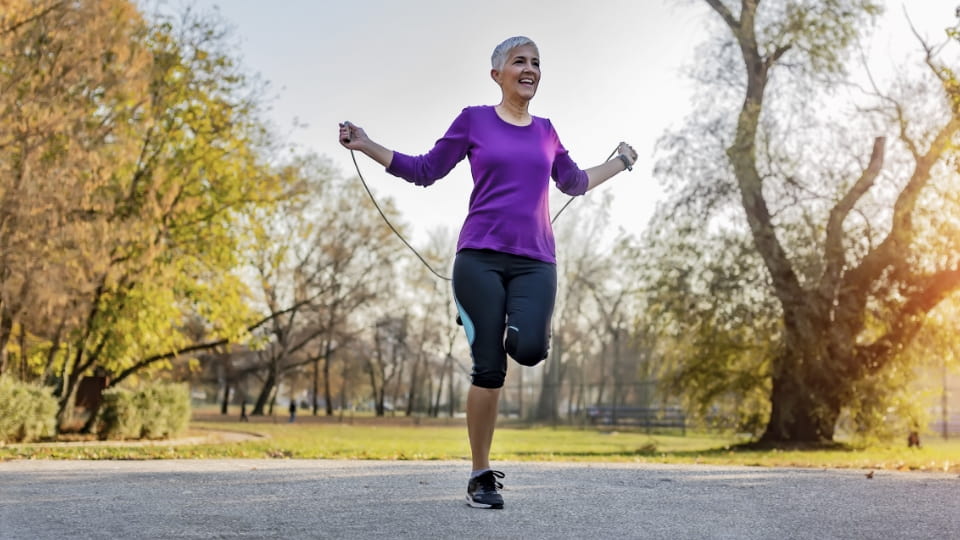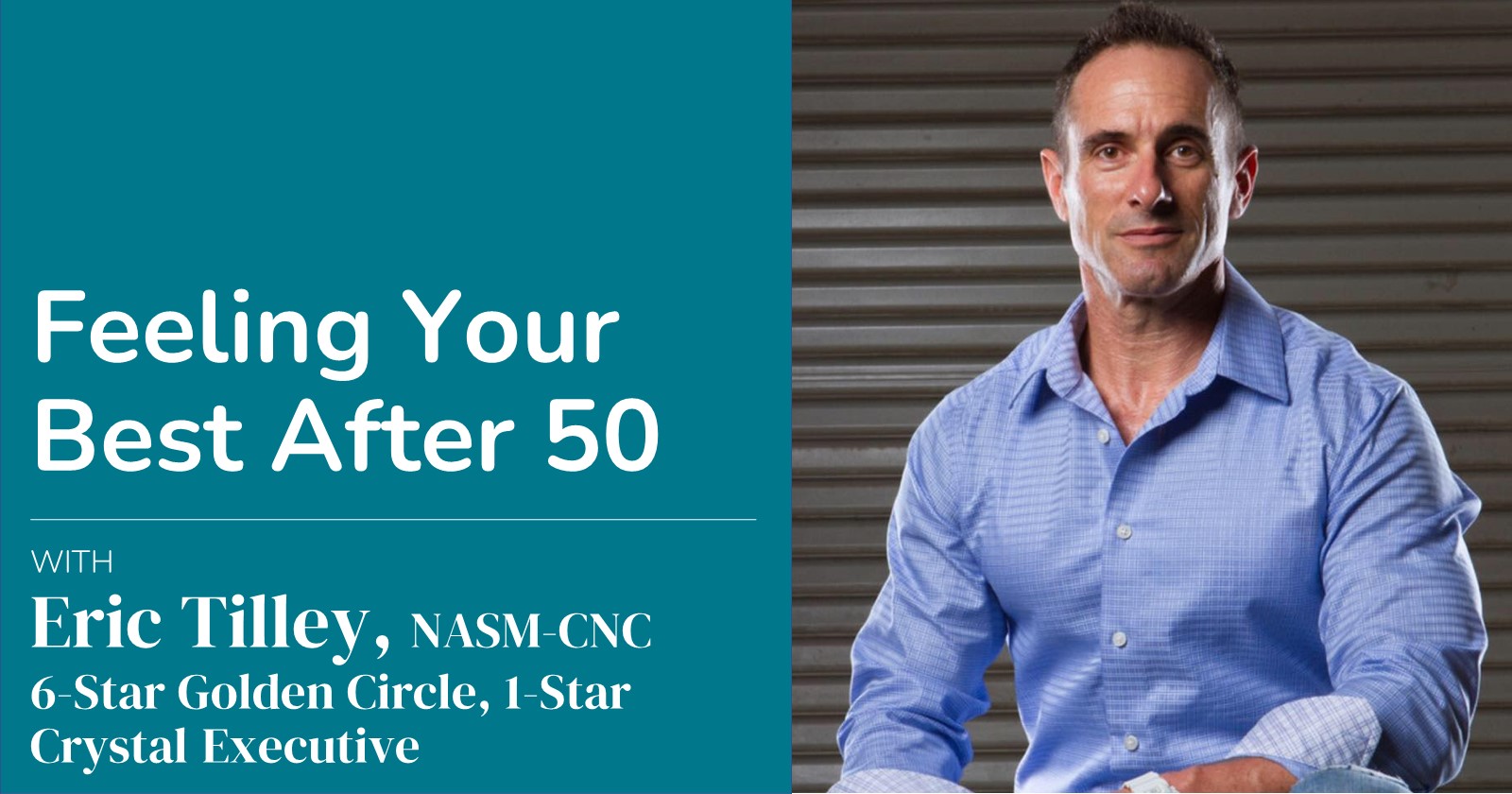When you think of your bones, do you picture a chalky white skeleton? It’s a classic image, but it falls short of representing the dynamic and active tissue that makes up your skeletal system.
Your bones do much more than simply provide support and protection for your body. In addition to supporting your body and protecting internal organs, your bones enable movement and play a role in blood cell formation. They are also key in maintaining the balance of calcium and other minerals in the blood. Your bones require blood flow and oxygen just like any other metabolically active tissue (1).
How Bones Are Built
Your bones are made from a spongy network of type I collagen and other proteins. This protein foundation is hardened and reinforced with calcium and phosphorus along with small amounts of other minerals like magnesium. The more minerals that are packed into your bones, the denser and stronger they become (1).
Your bones are constantly renewing themselves by breaking down old bone and rebuilding new bone. In young people, the rate of bone building is greater than the rate of bone breakdown, helping to increase bone mass. Most people reach their peak bone mass around 30 years old (2). After this point, bone breakdown gradually increases while bone building gradually decreases, leading to bone loss over time. When bones lose minerals, they become thinner, weaker, and more prone to breaking. Osteoporosis is a condition of severely low bone mass and affects almost 20% of women aged 50 and older (3).
While bone health is an important element of wellbeing for everybody, women face unique challenges. On average, women achieve a lower peak bone mineral density than men and experience rapid bone loss starting around the time of menopause (4). The good news is that you can take steps improve your bone health at any age.
How To Care for Your Bones: Nutrition and Physical Activity
To build strong bones, you need the right building materials on hand. This is where nutrition is key. Calcium is one of the most important nutrients for healthy bones, but it can’t do the job alone. Vitamin D, vitamin K, and magnesium are essential helper nutrients that play a role in bone metabolism and enable the calcium in the foods you eat to be used for building strong bone (5, 6).
Just as exercise strengthens muscles, it also helps to build stronger bones. The right kind of exercise helps to stimulate bone building and reduce bone breakdown, resulting in improved bone mass. Weight-bearing exercises, such as strength training, walking, or jogging, help to keep bones strong. High-impact activities like jumping are especially beneficial for strengthening bones (7).
Keeping Bones Strong at Every Age
Good nutrition and physical activity are key to strong bones at every age, but goals change throughout your life.
Before 20: Building the Foundation
Women build about 80% of their bone strength as children and teens, which is why taking care of bones is important from an early age (2). Active play, sports, and balanced nutrition help to build strong bones early in life.
Between 20 and 30: Peak Bone Mineral Density
Because bones reach their maximum strength and density by the time you turn 30, this is an important window of time to prevent weak bones later in life. The higher your peak bone mass is, the more protection you’ll have (2).
Between 30 and 50: Maintaining Bone Mass
Although every woman begins to gradually lose bone mass starting around 30 years old, women who are more physically active and who focus on healthy lifestyle choices see a slower decline than those who are less active (7). Making weight-bearing exercise a habit is important for protecting your bone health at this age.
50 and Beyond: Minimizing Bone Loss
Around the time of menopause, the change in hormone levels leads to a period of rapid bone loss for women. Bone-building exercise and balanced nutrition can work together to help slow the rate of bone loss (4). Calcium-rich foods, such as leafy green vegetables, that also supply helper nutrients like magnesium and vitamin K can help support strong bones.
While bone health is an important element of wellbeing for everybody, women face unique challenges. Low bone mass is a serious concern for women age 50 and older, but prevention starts when you are young. No matter your age, you can take steps to build stronger bones and prevent bone loss.
References
- Florencio-Silva R, Sasso GR, Sasso-Cerri E, Simões MJ, Cerri PS. Biology of Bone Tissue: Structure, Function, and Factors That Influence Bone Cells. Biomed Res Int. 2015;2015:421746. doi:10.1155/2015/421746
- Henry YM, Fatayerji D, Eastell R. Attainment of peak bone mass at the lumbar spine, femoral neck and radius in men and women: relative contributions of bone size and volumetric bone mineral density. Osteoporos Int. 2004;15(4):263-273. doi:10.1007/s00198-003-1542-9
- Sarafrazi N, Wambogo EA, Shepherd JA. Osteoporosis or low bone mass in older adults: United States, 2017–2018. NCHS Data Brief, no 405. Hyattsville, MD: National Center for Health Statistics. 2021. DOI: https://dx.doi.org/10.15620/cdc:103477
- Rizzoli R, Bischoff-Ferrari H, Dawson-Hughes B, Weaver C. Nutrition and bone health in women after the menopause. Womens Health (Lond). 2014;10(6):599-608. doi:10.2217/whe.14.40
- Myneni VD, Mezey E. Regulation of bone remodeling by vitamin K2. Oral Dis. 2017;23(8):1021-1028. doi:10.1111/odi.12624
- Erem S, Atfi A, Razzaque MS. Anabolic effects of vitamin D and magnesium in aging bone. J Steroid Biochem Mol Biol. 2019;193:105400. doi:10.1016/j.jsbmb.2019.105400
- Troy KL, Mancuso ME, Butler TA, Johnson JE. Exercise Early and Often: Effects of Physical Activity and Exercise on Women’s Bone Health. Int J Environ Res Public Health. 2018;15(5):878. Published 2018 Apr 28. doi:10.3390/ijerph15050878

